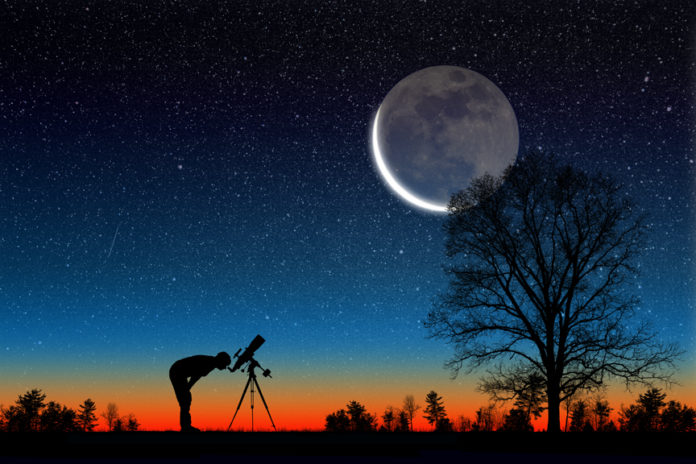Moon will rule over the month of July, and two meteor showers will visit us on a single day. August will have a solar eclipse.
In this month, we will get to see all the moon’s phases beginning on July 1st. The first quarter moon will rise at noon and set at midnight. Through binoculars one can see craters and some of the prominent mare or “seas.”
On July 9th the full moon rises at sunset and sets at dawn. It will start to fade away and on July 16, one can see the last quarter. It will rise at midnight and doesn’t set until noon allowing us to enjoy a nice moon view in the morning sky. The new moon occurs on July 23. July will end with another first quarter moon phase on the 30th.

Source: NASA-JPL
Finally, we have two good meteor showers this month. Both will peaking on the morning of July 30. The southern Delta Aquarids have a maximum rate of 25 meteors per hour between midnight and dawn. The nearby slow and bright Alpha Capricornids peak at 5 per hour and often produce fireballs.

Source: NASA-JPL
August will have the most awaited solar eclipse. Solar eclipses occur when the new moon passes between Earth and the sun and the moon casts a traveling shadow on Earth.
A total solar eclipse occurs when the new moon is in the right position to exactly cover the sun’s disk. During August’s total solar eclipse it may be dark enough to see some of the brighter stars and a few planets!
Two weeks before or after a solar eclipse there’s often, but not always, a lunar eclipse. But it’s not necessarily a total lunar eclipse. This will happen because the moon will be at opposition. The full moon and Earth and the sun will be lined up with Earth in the middle.




























